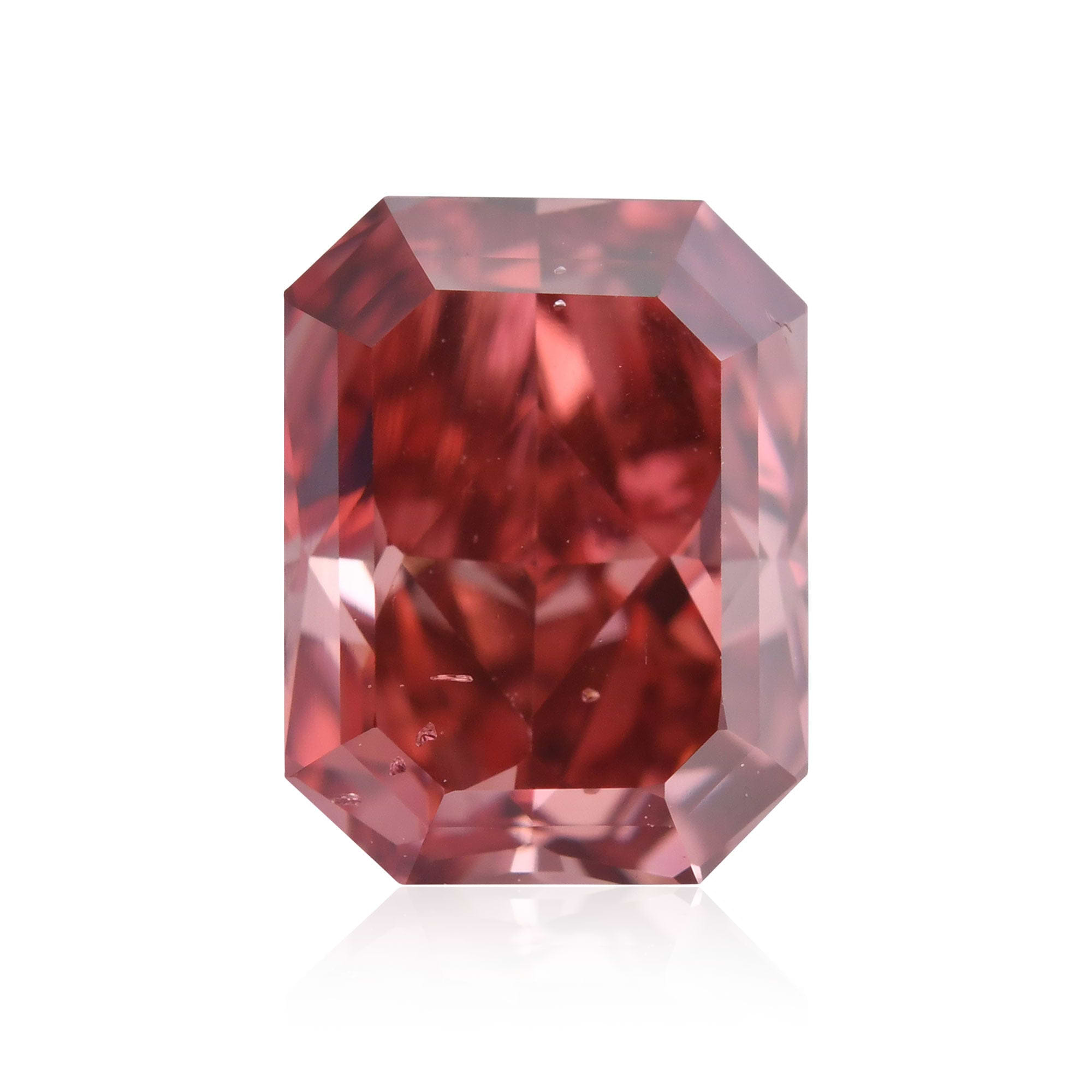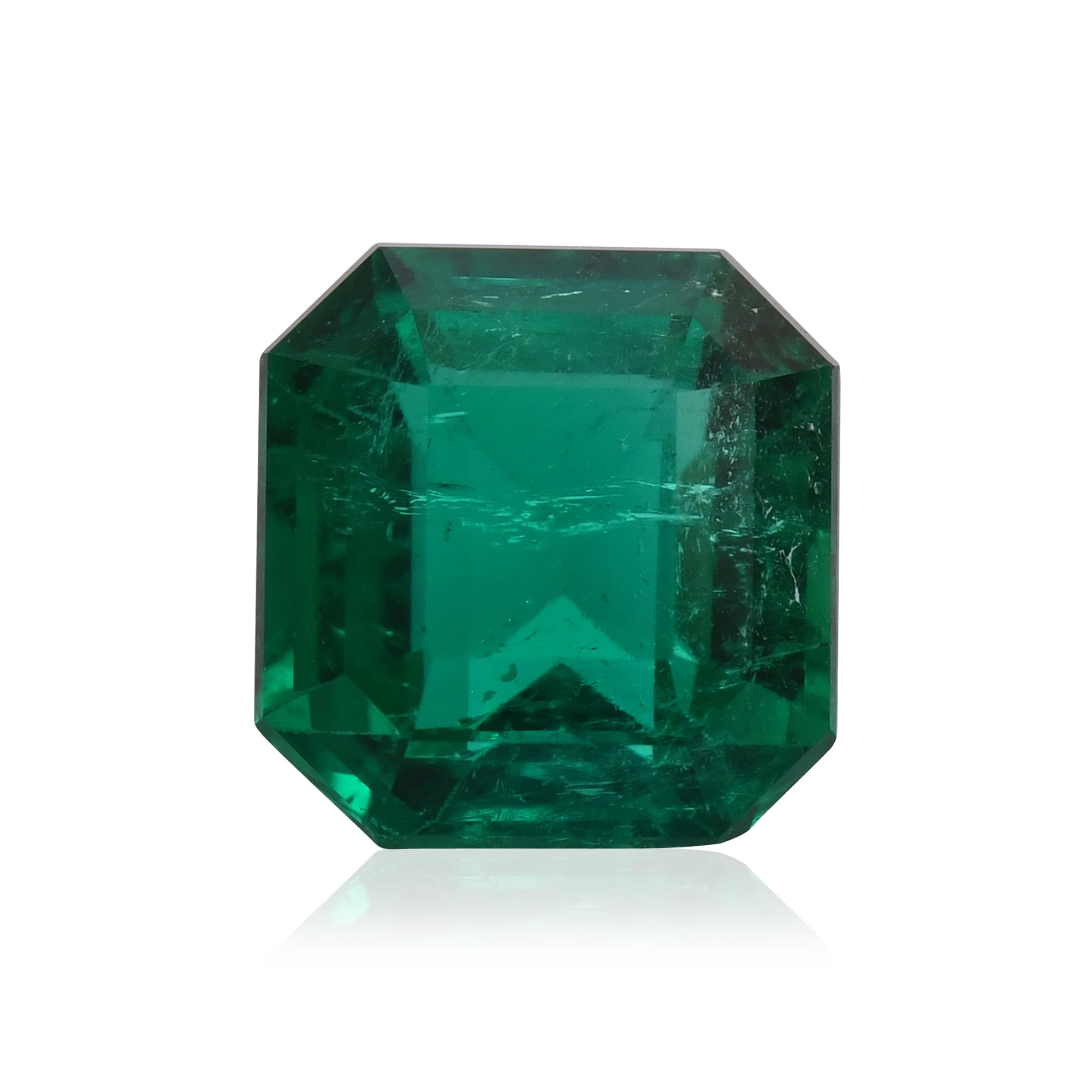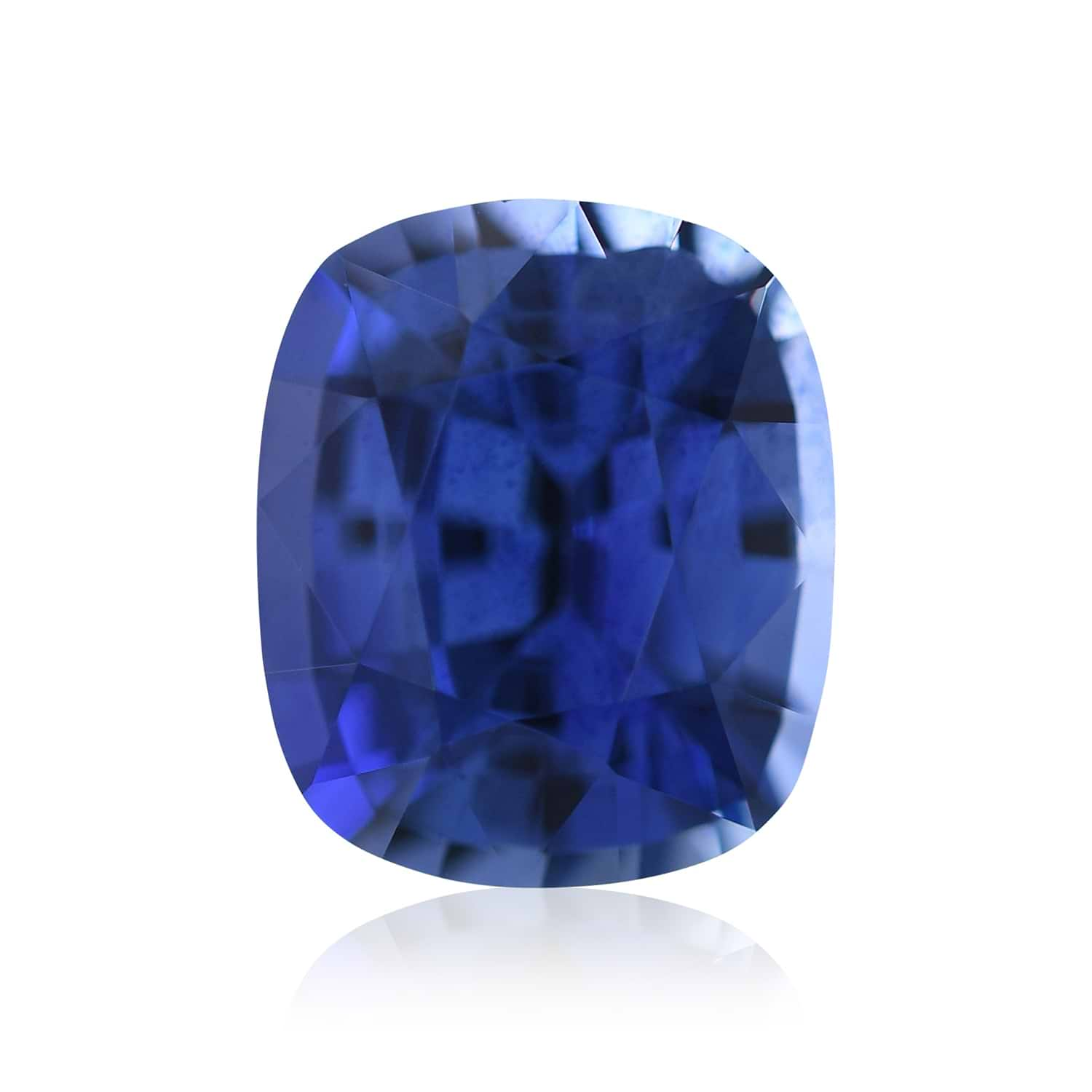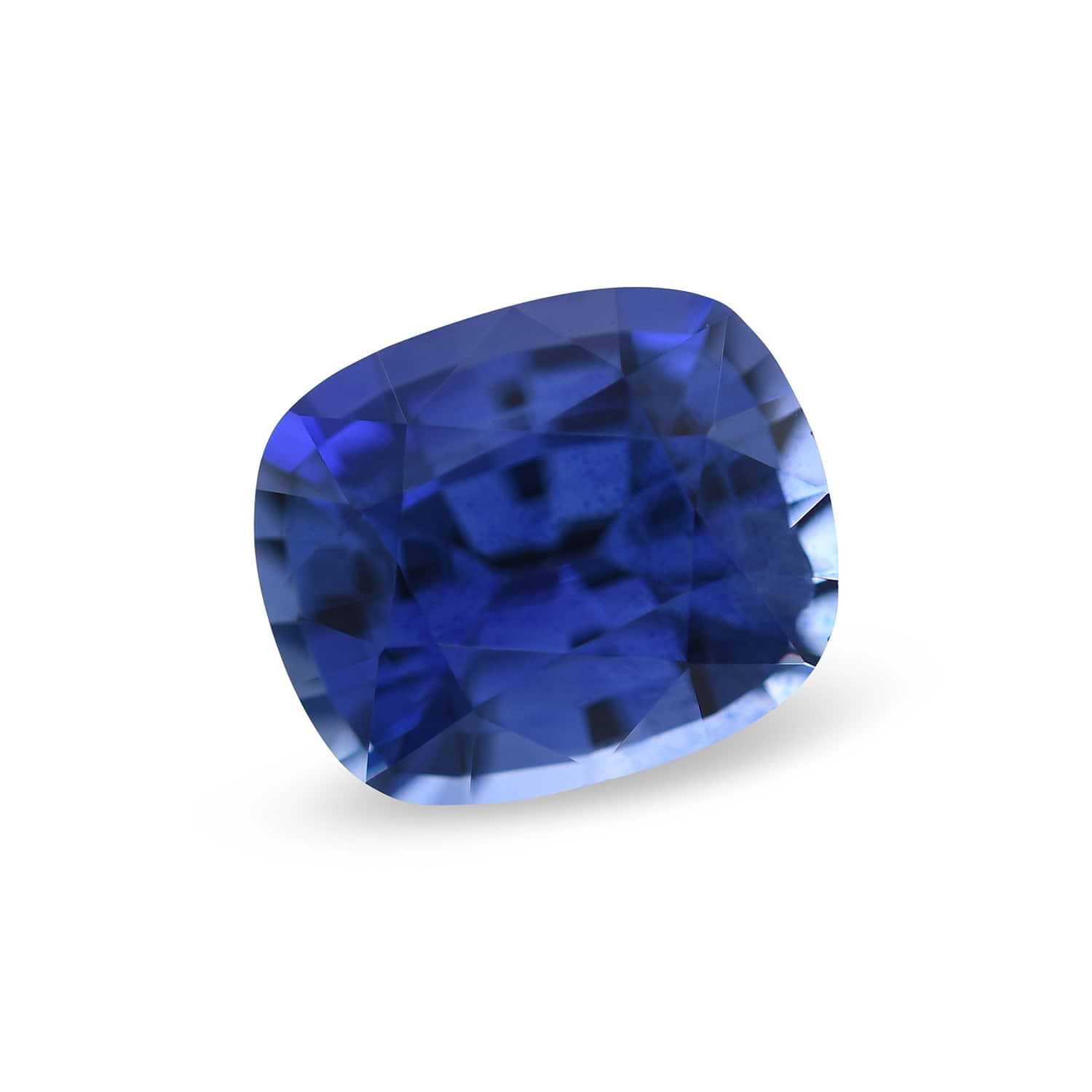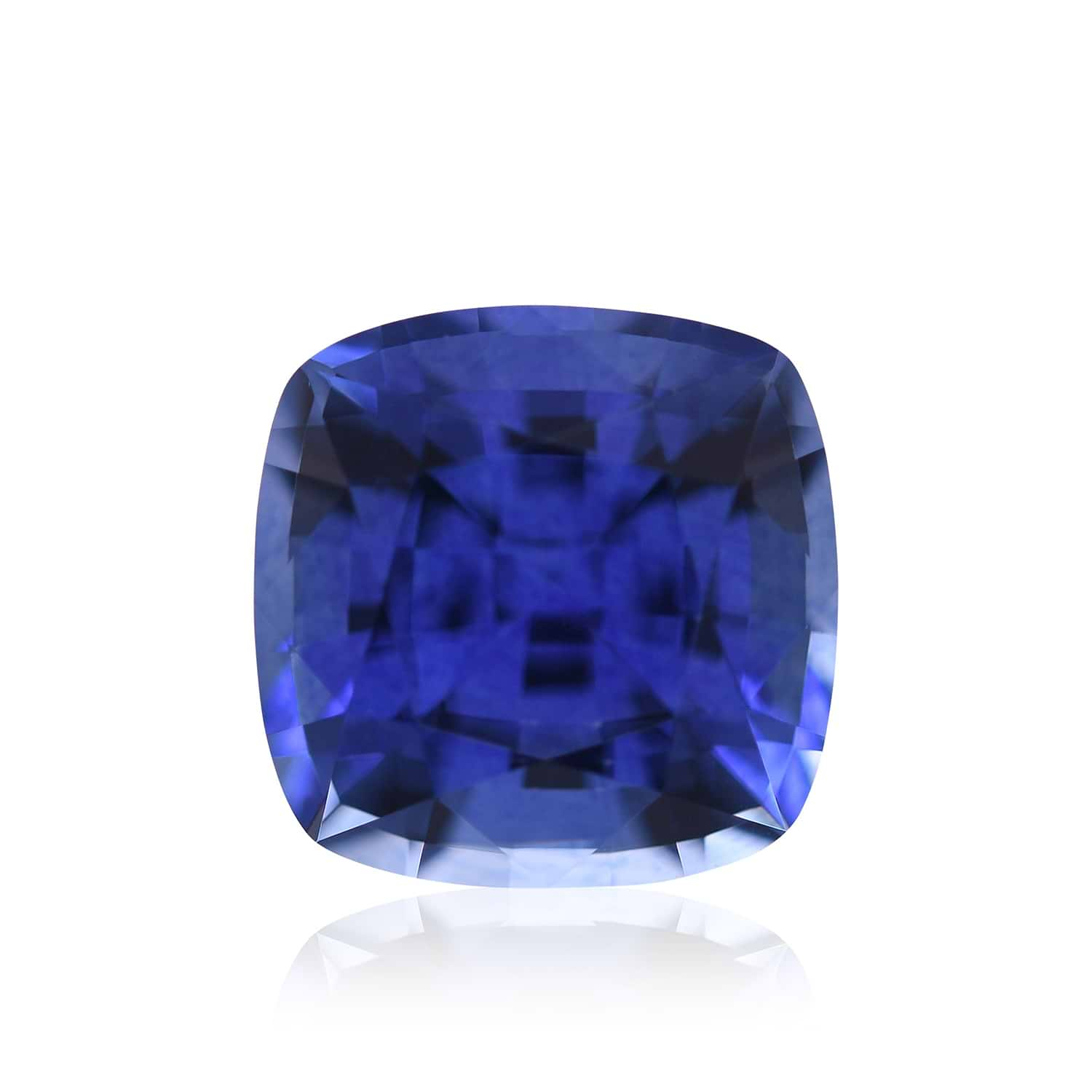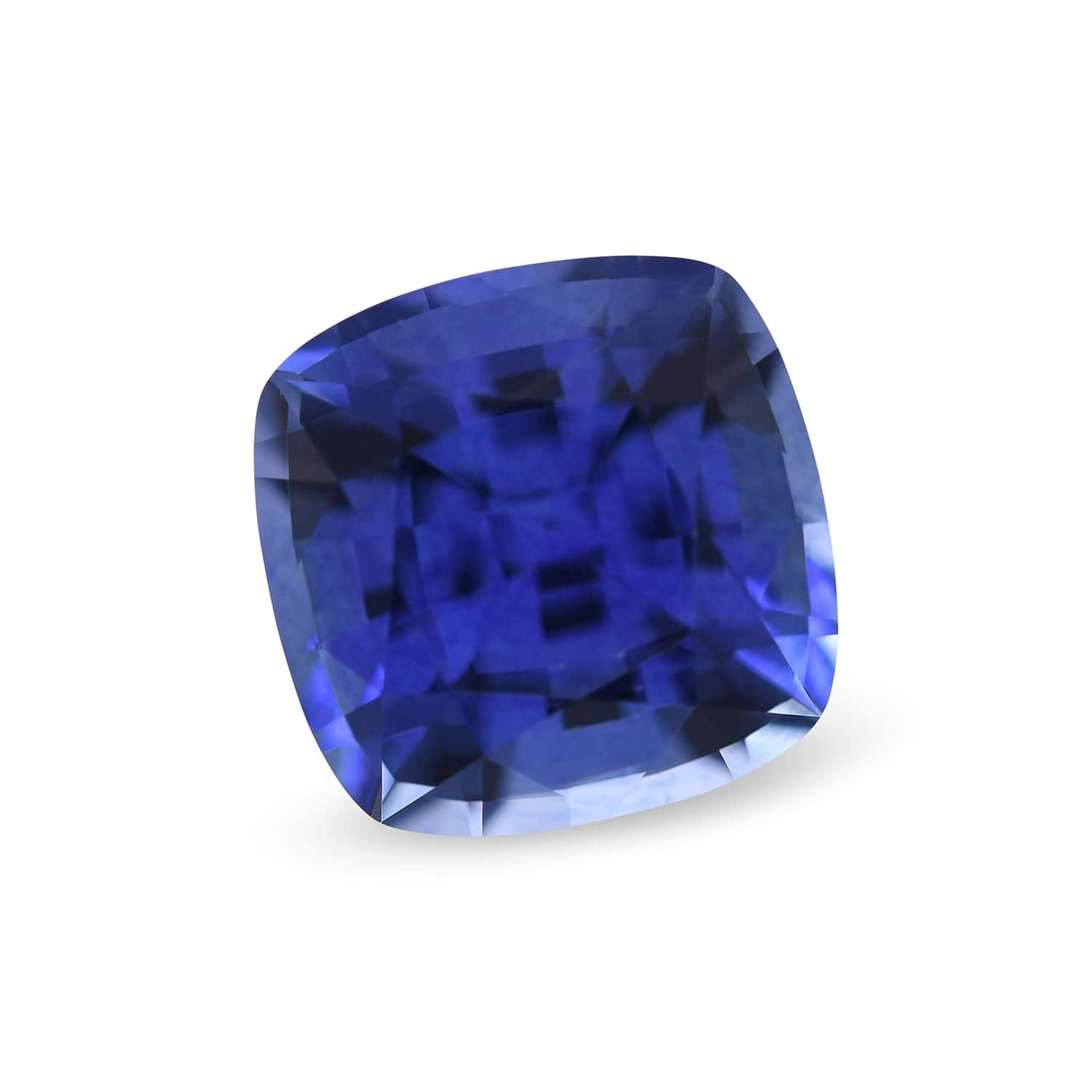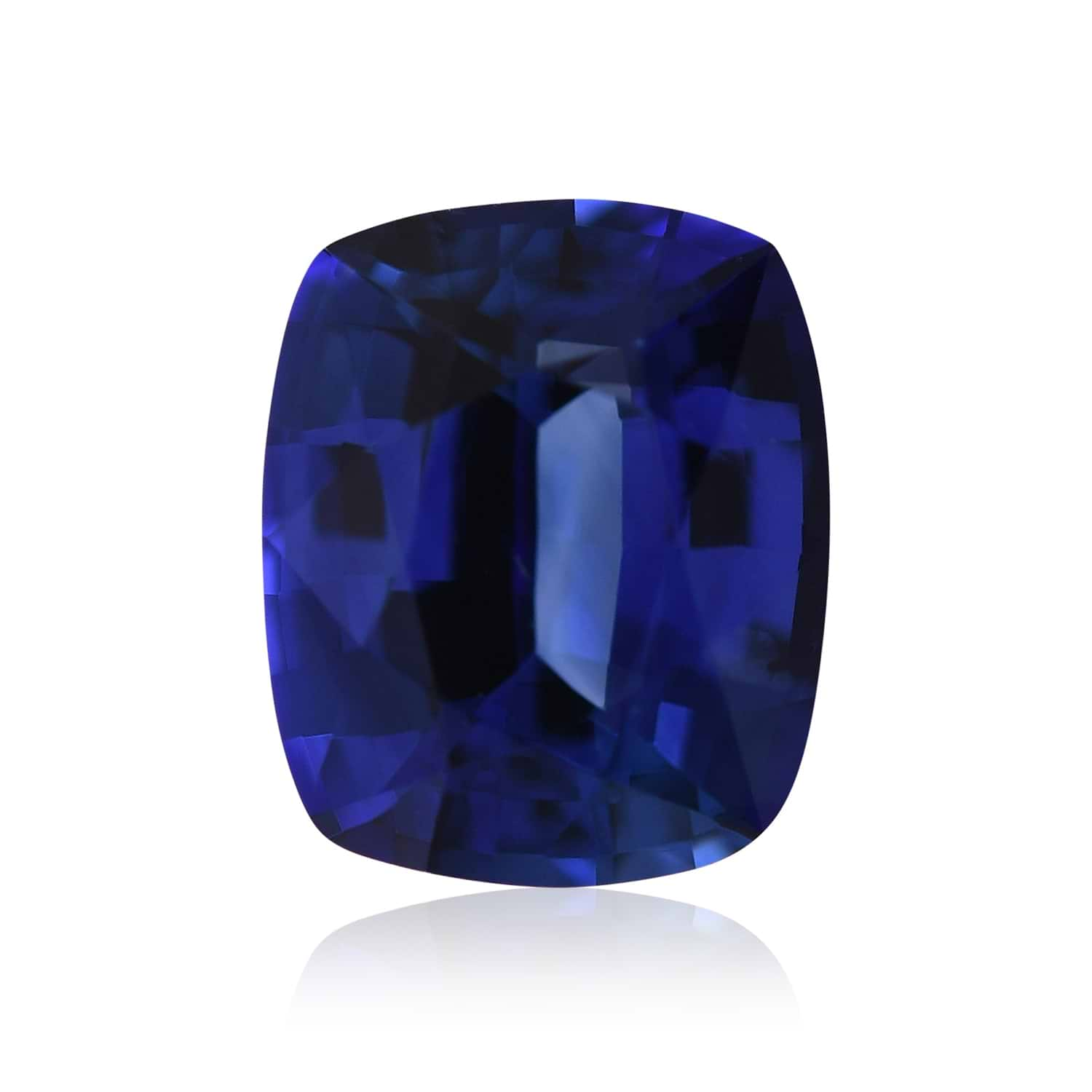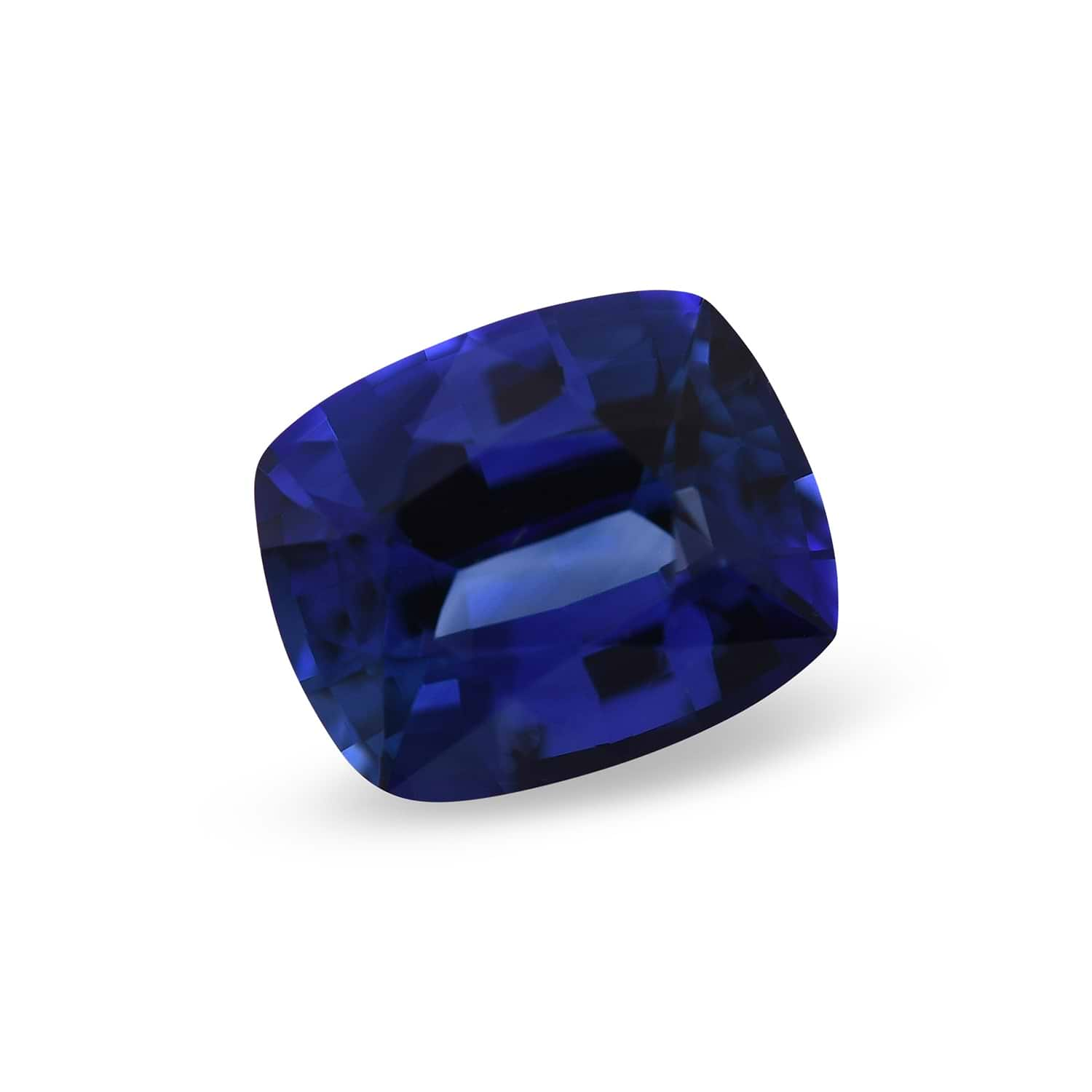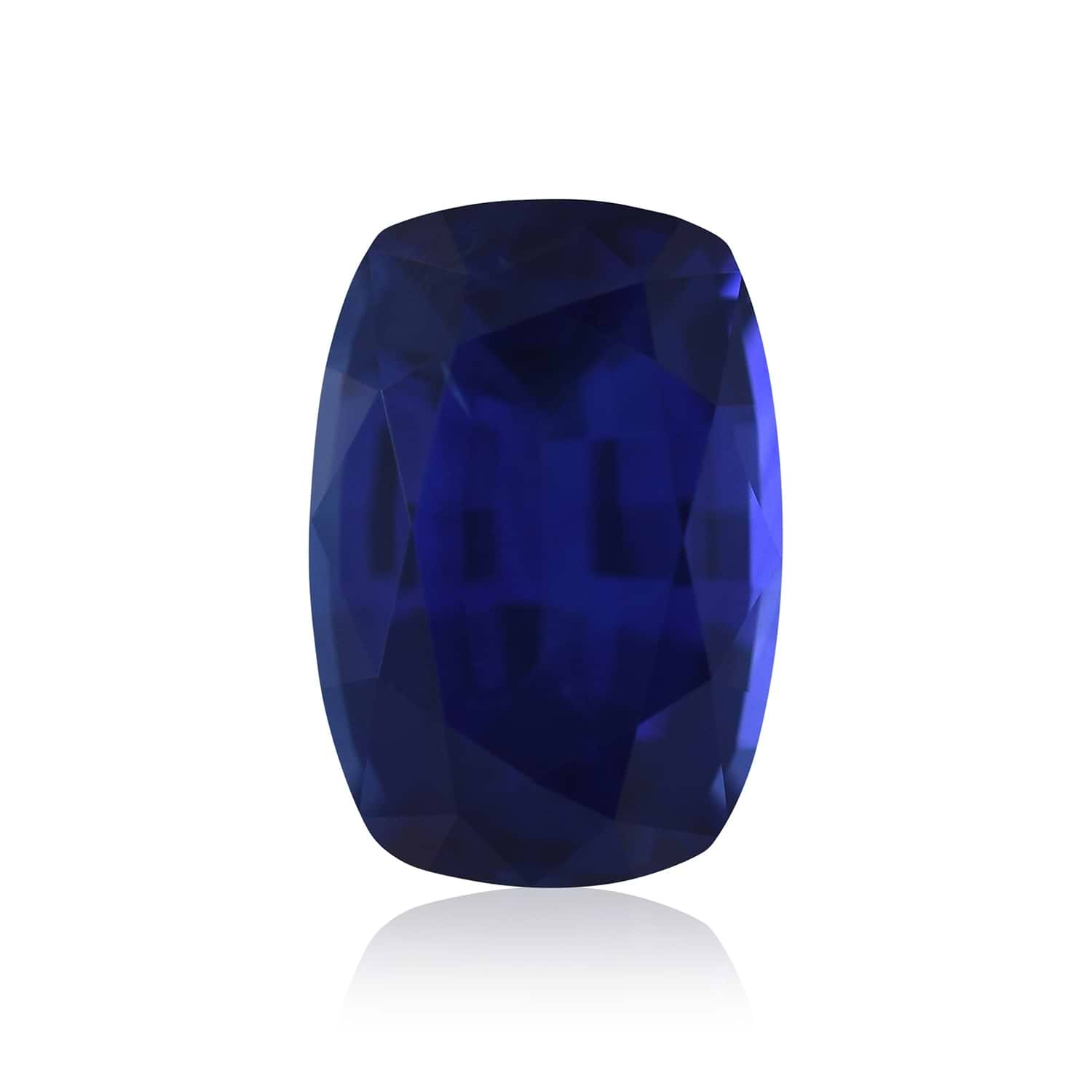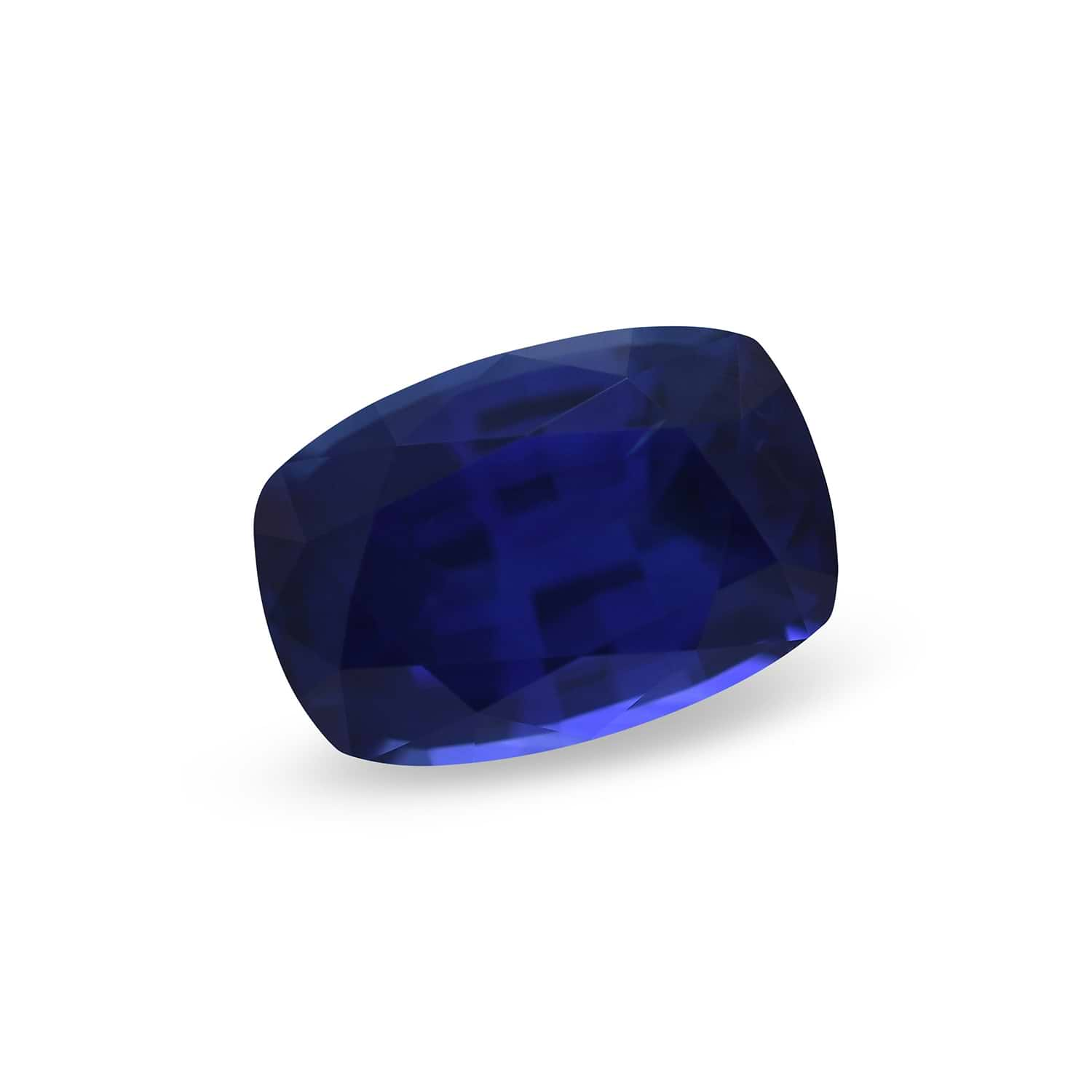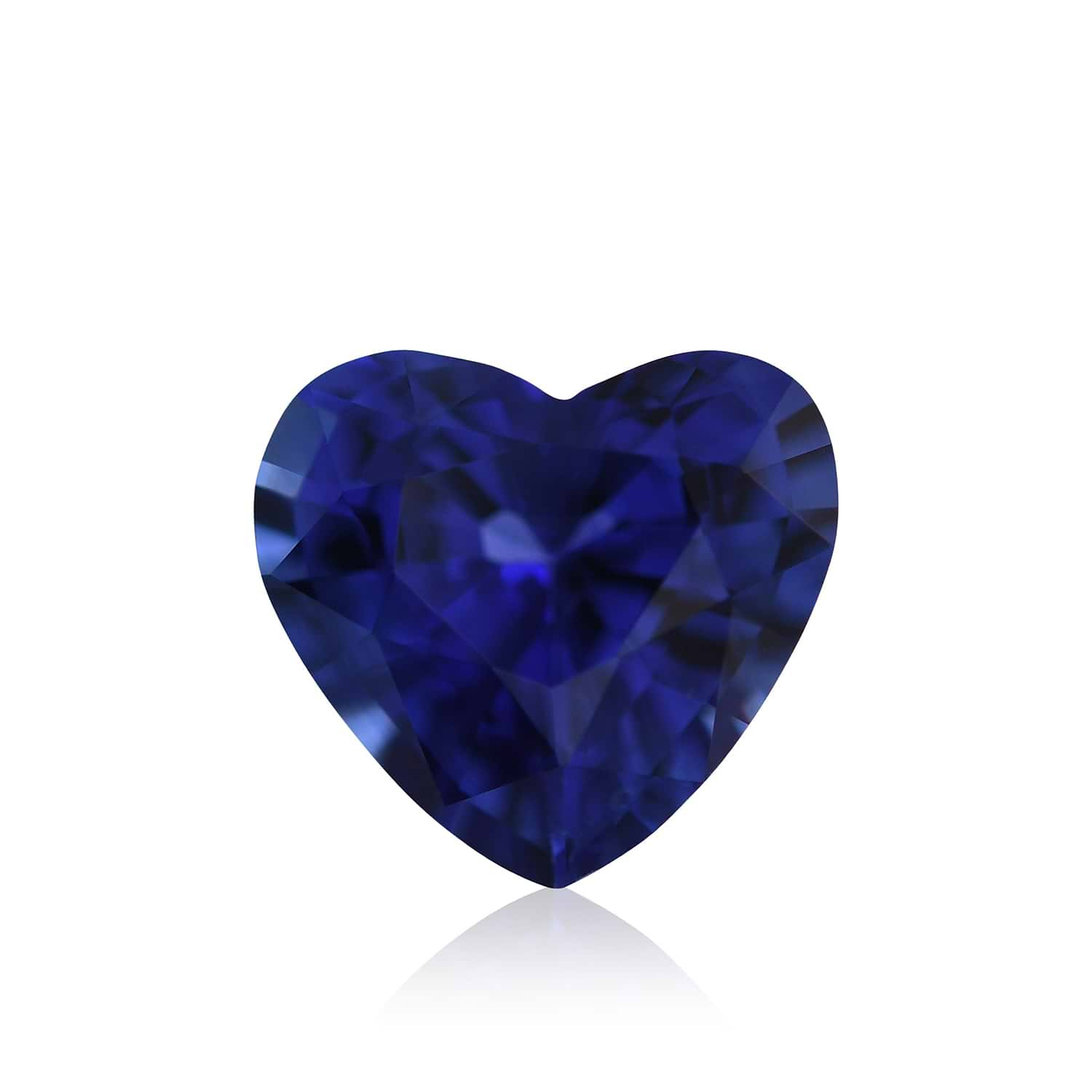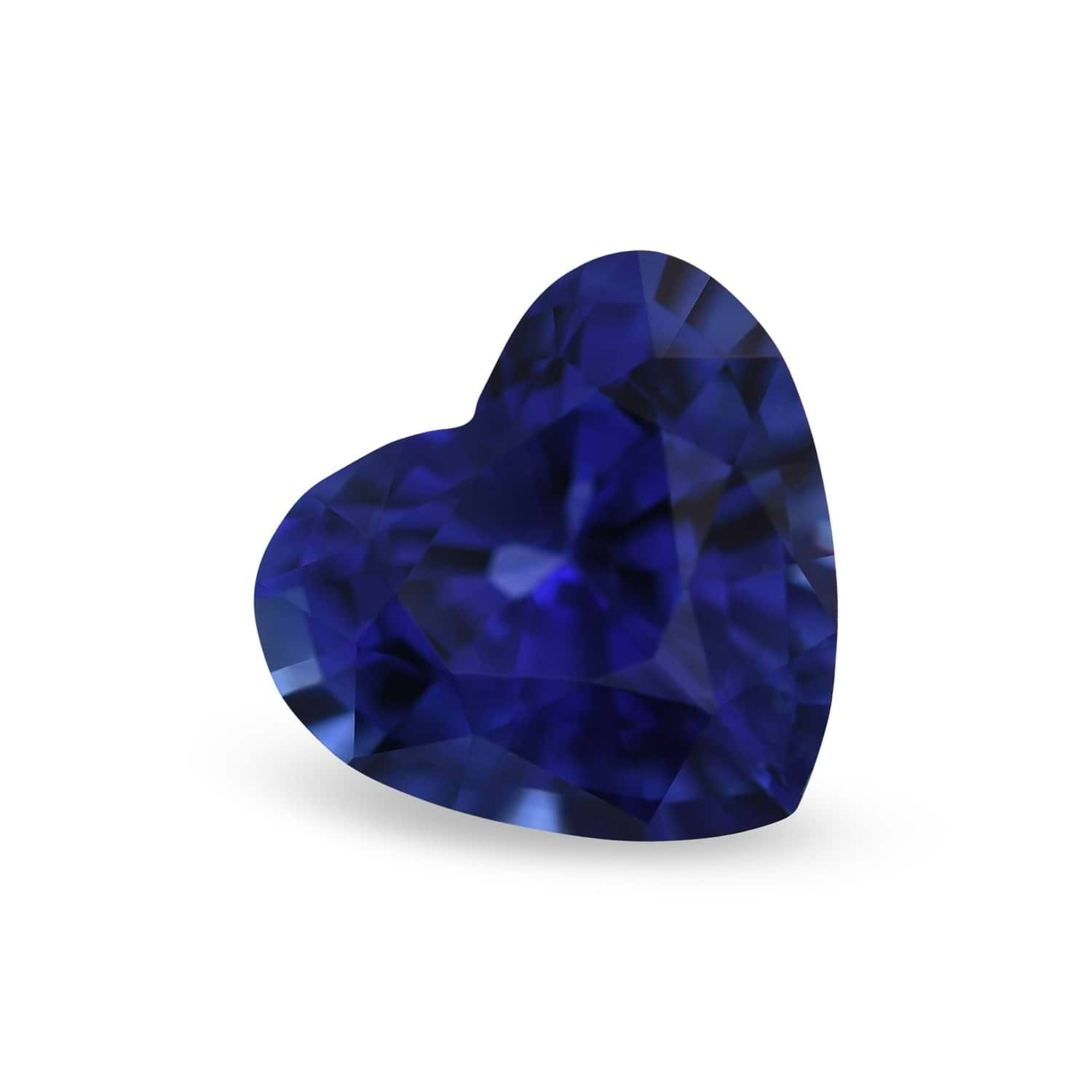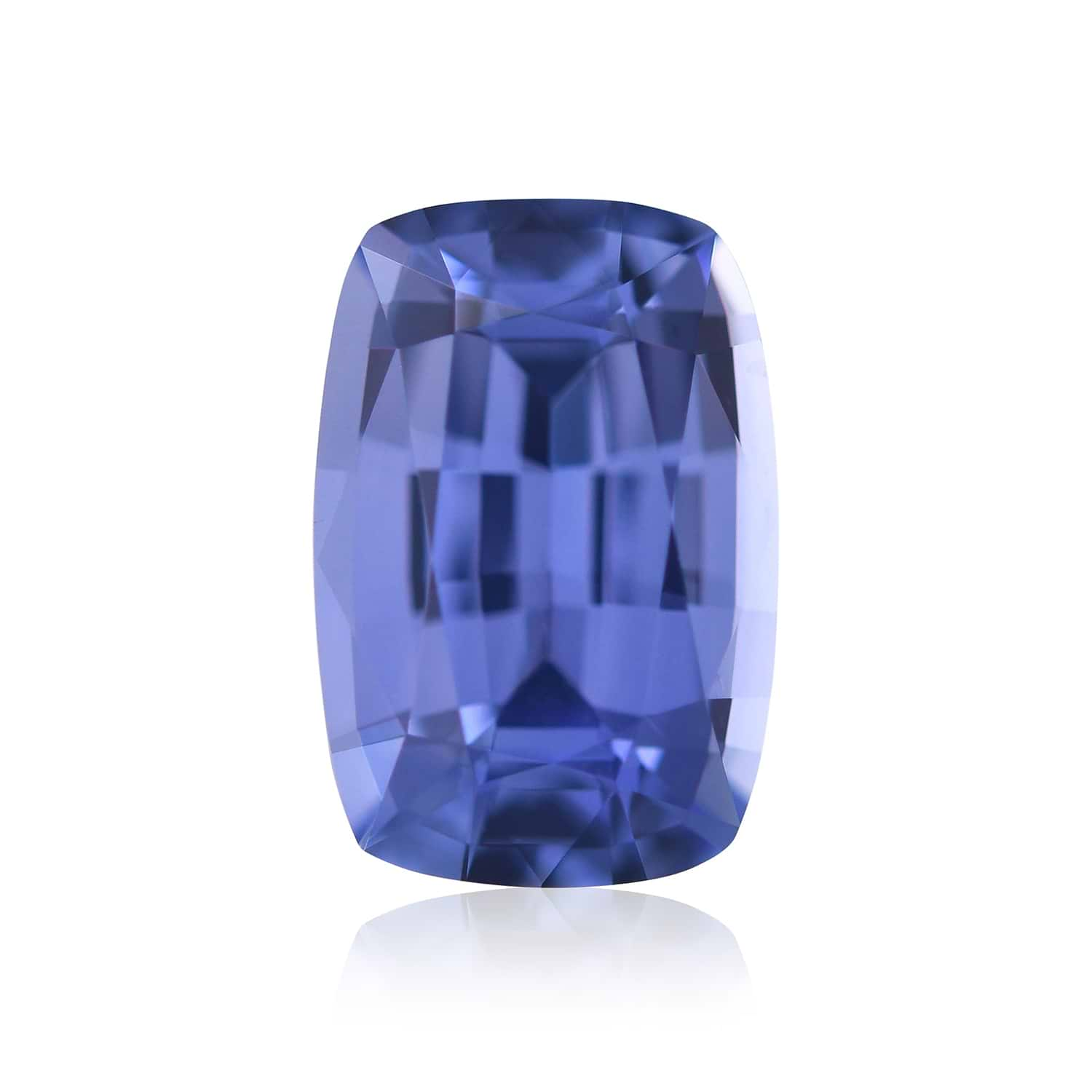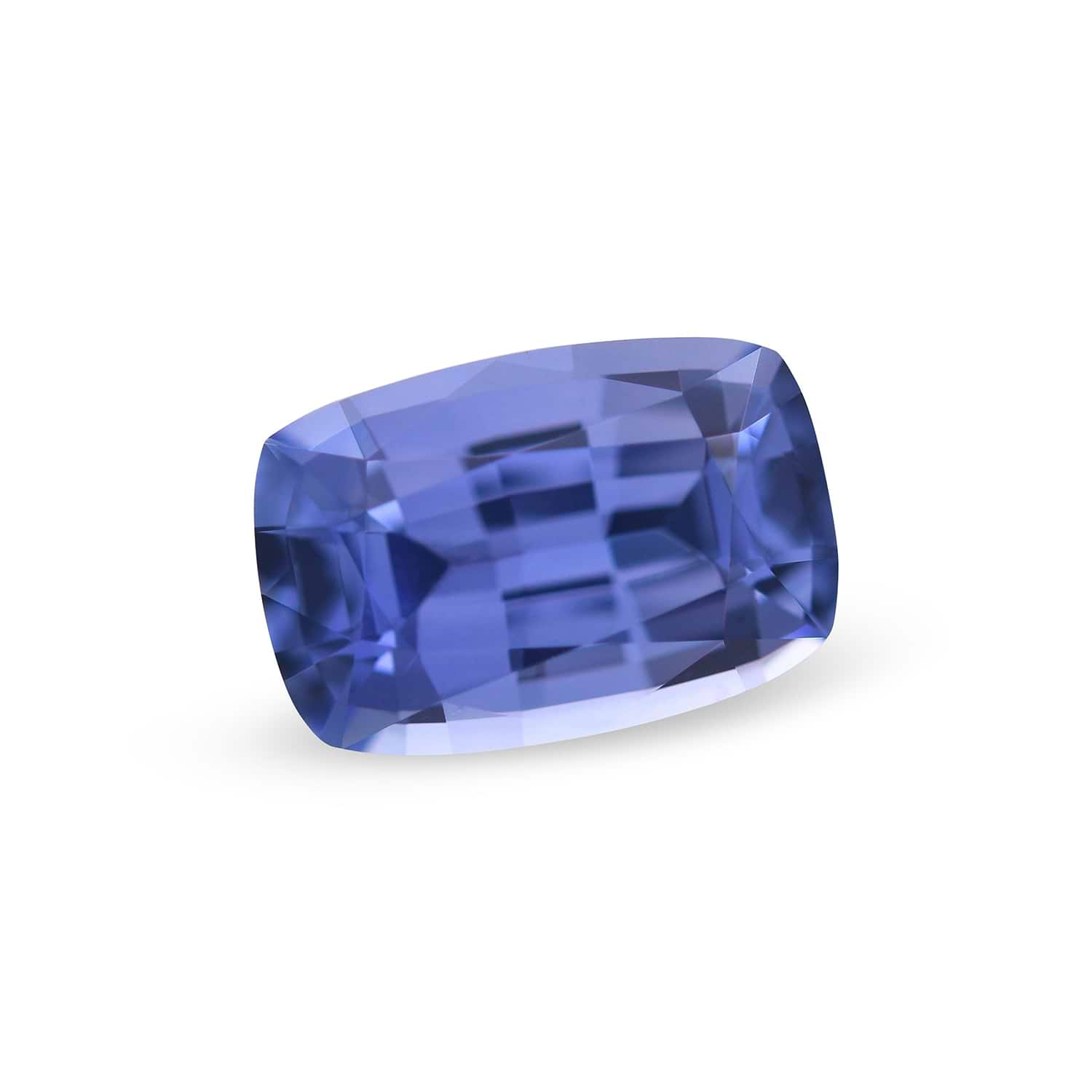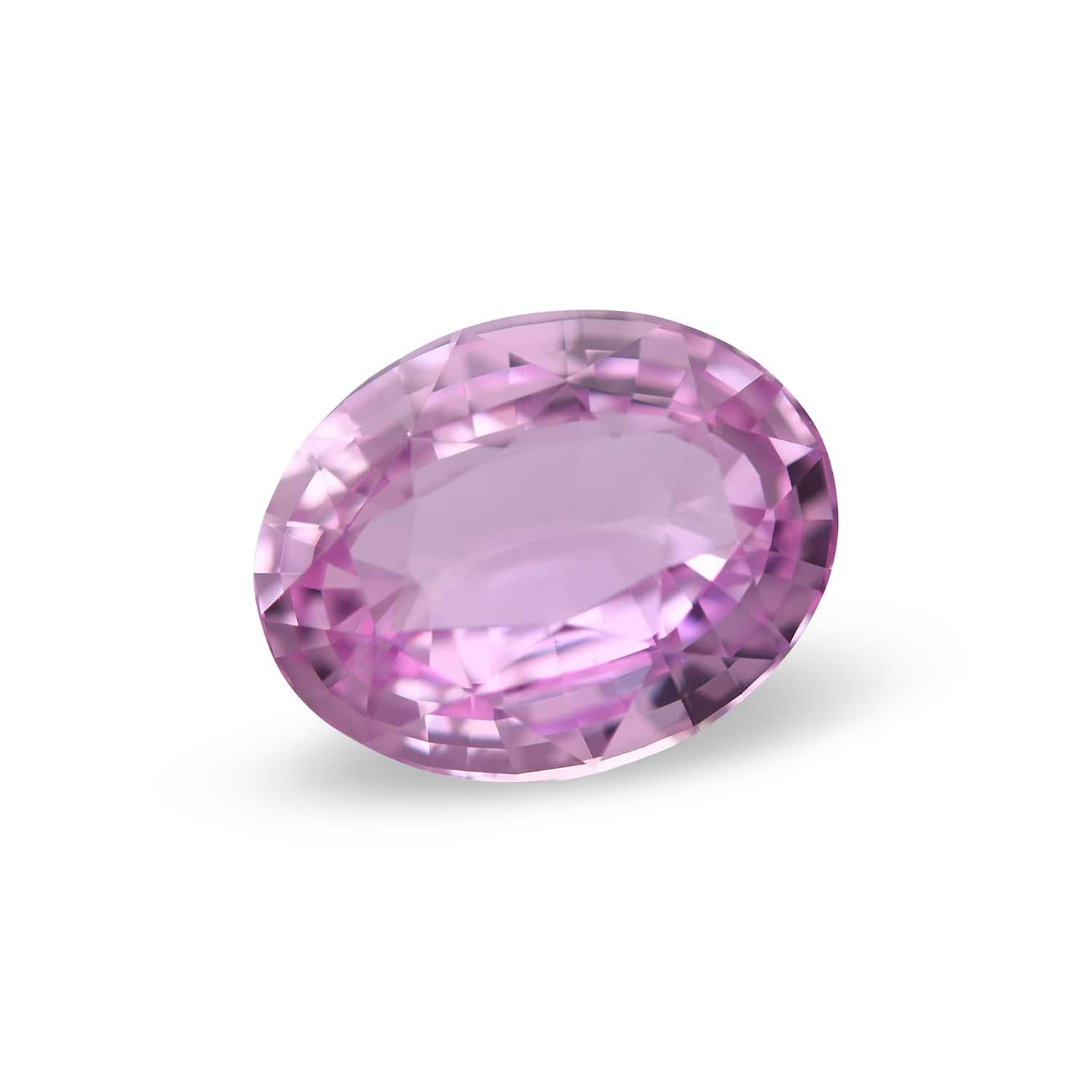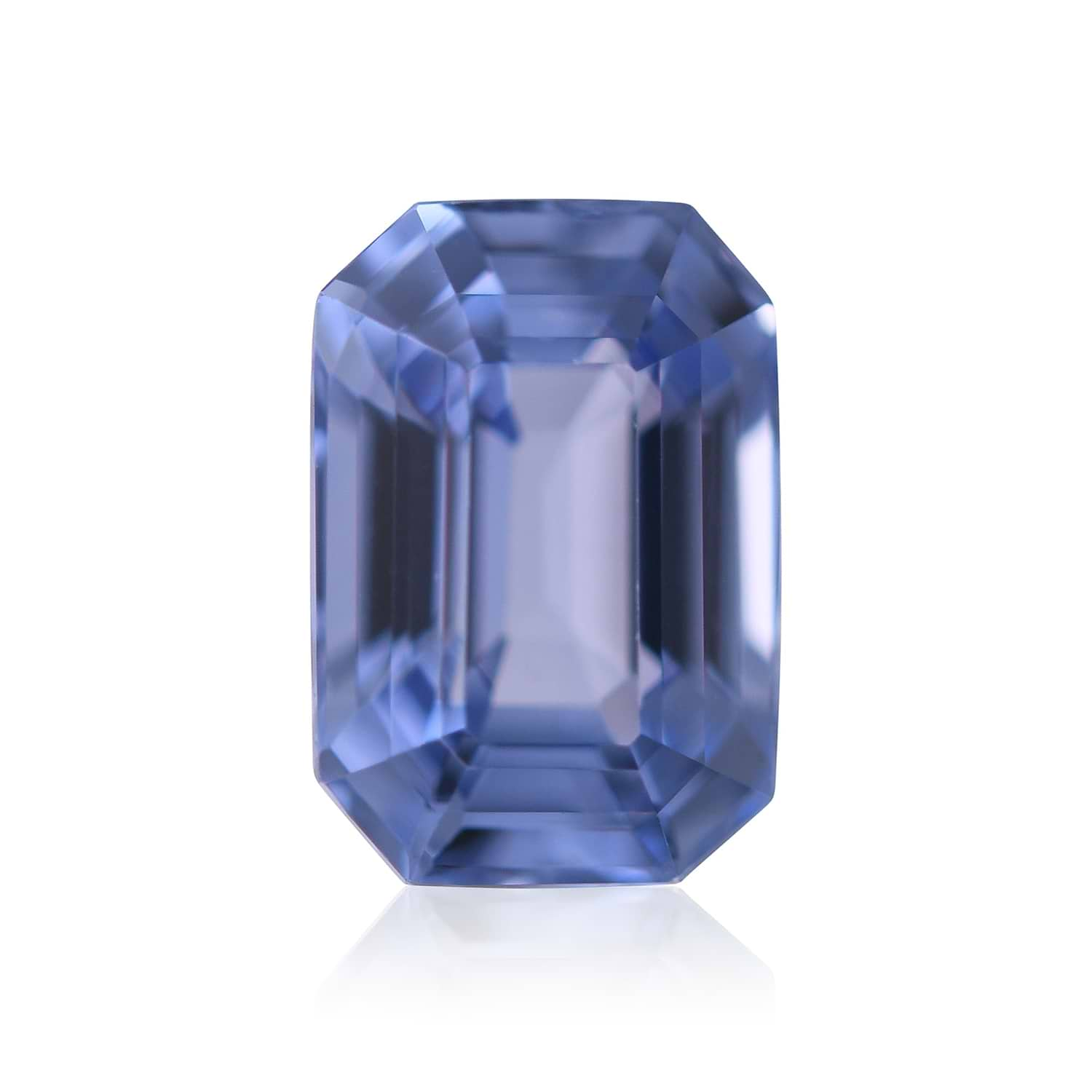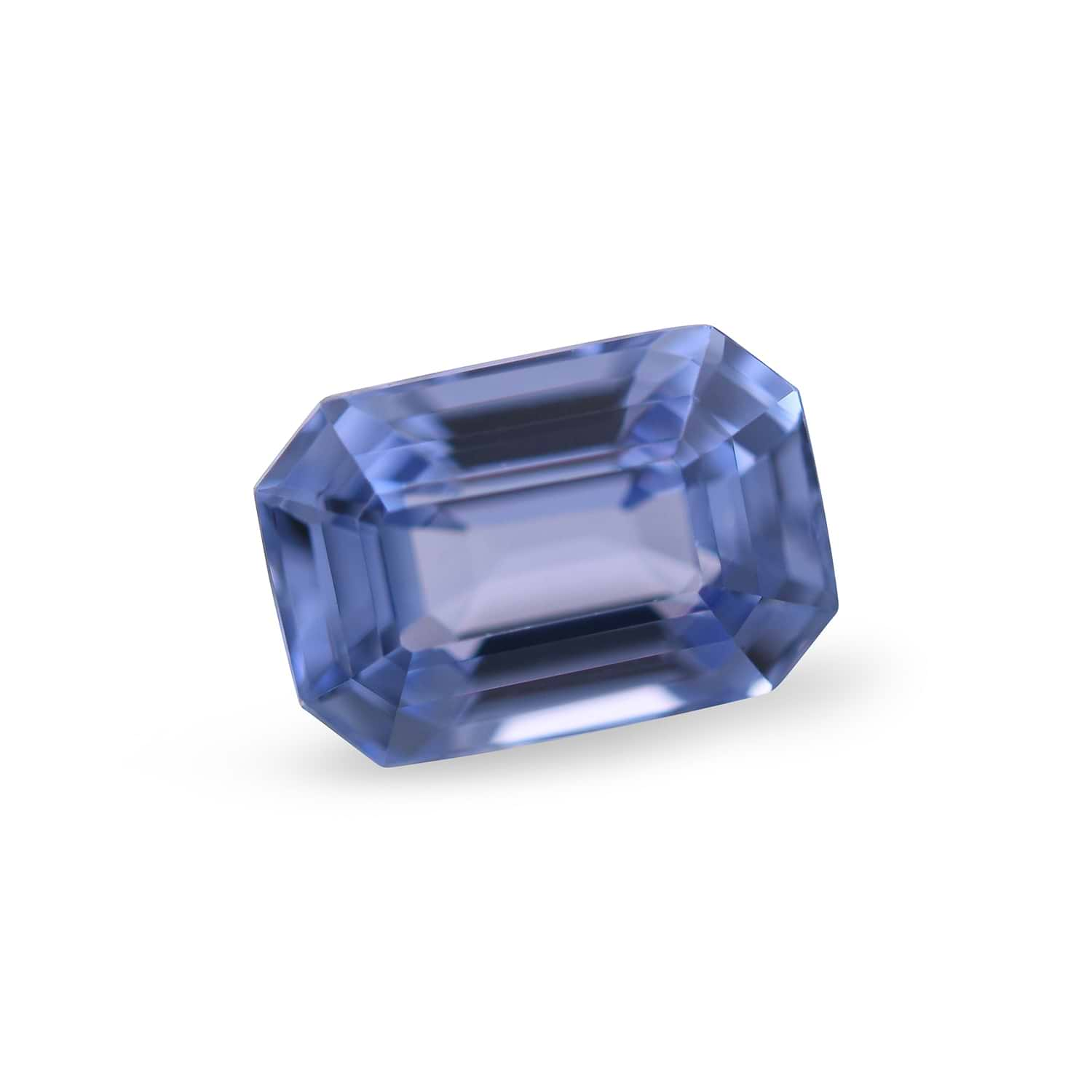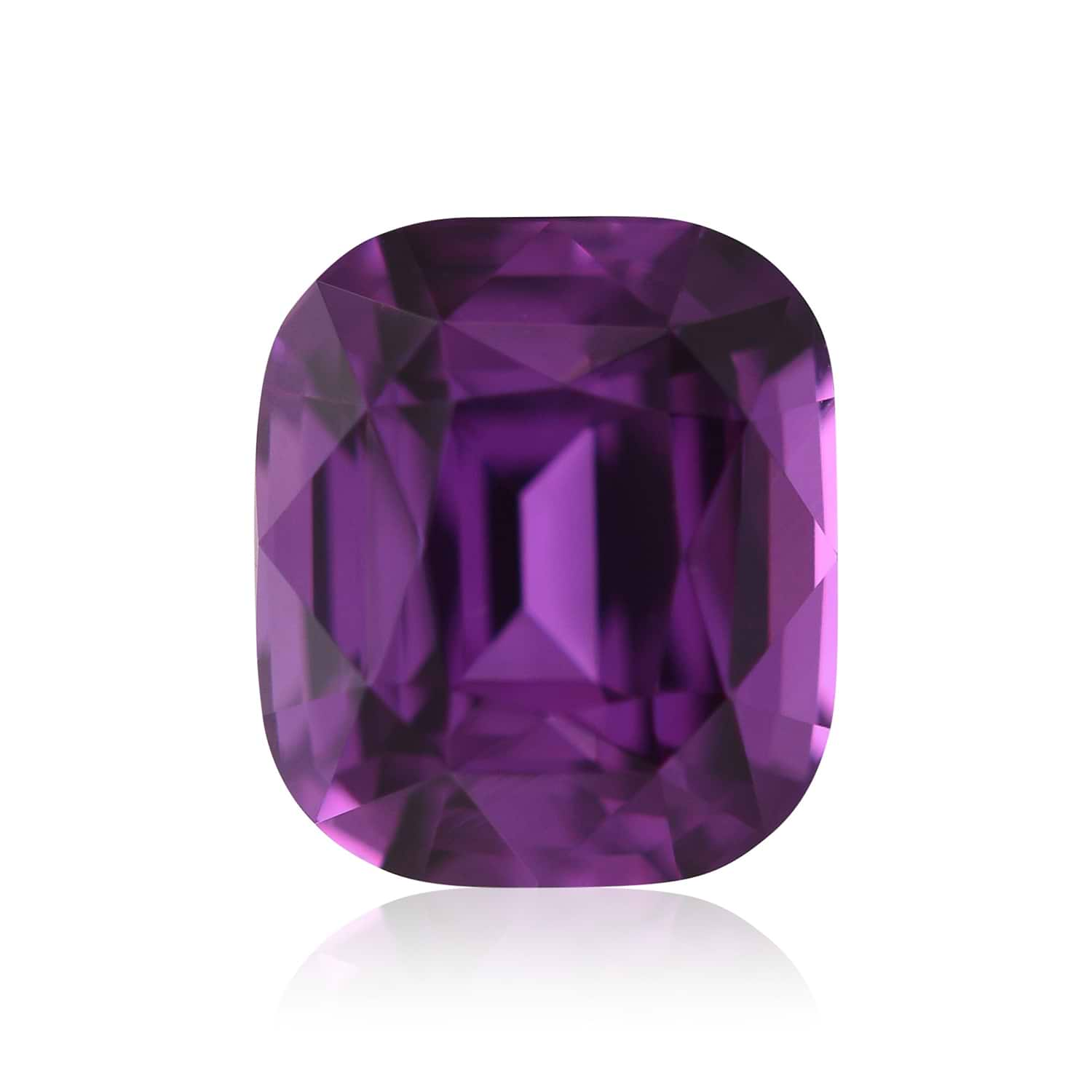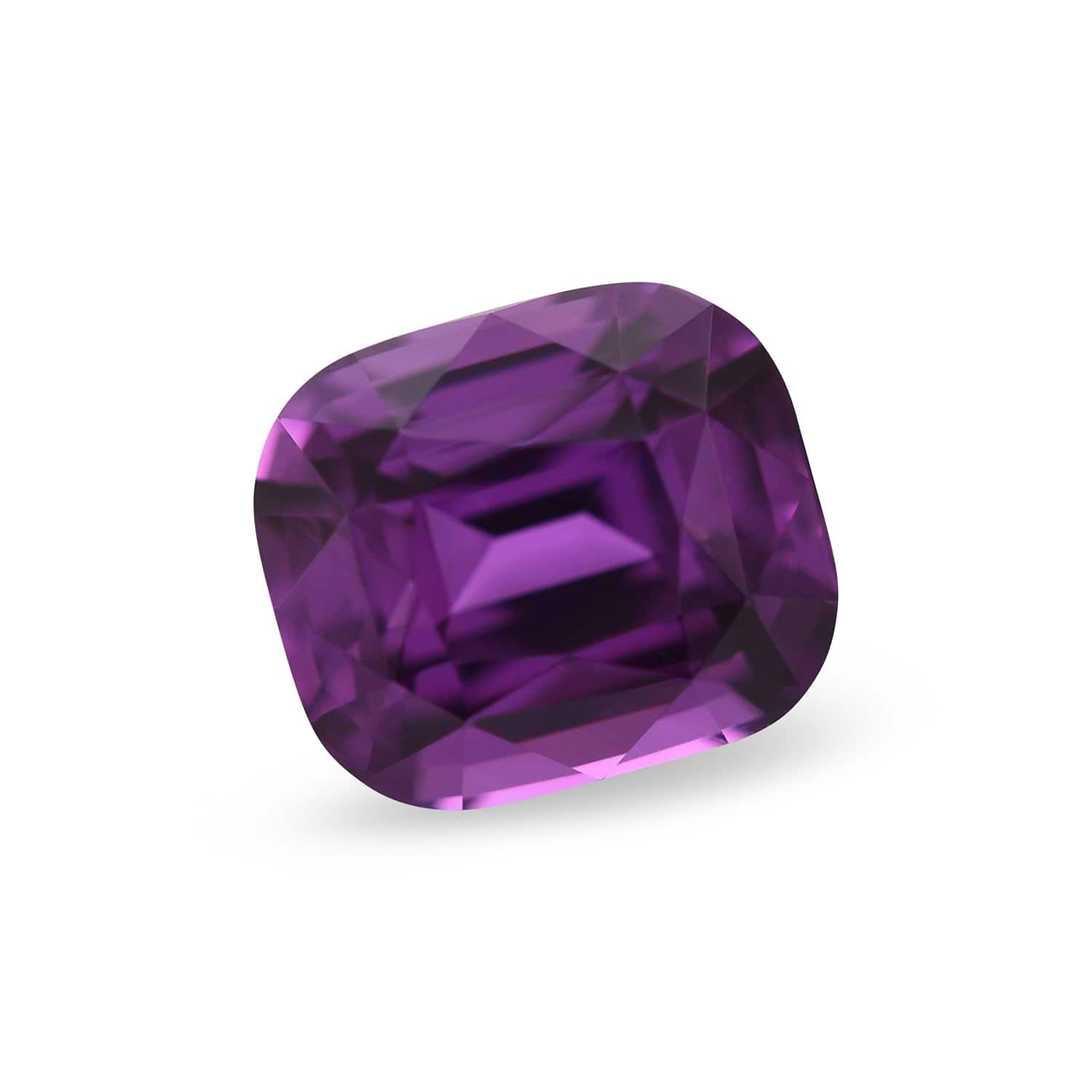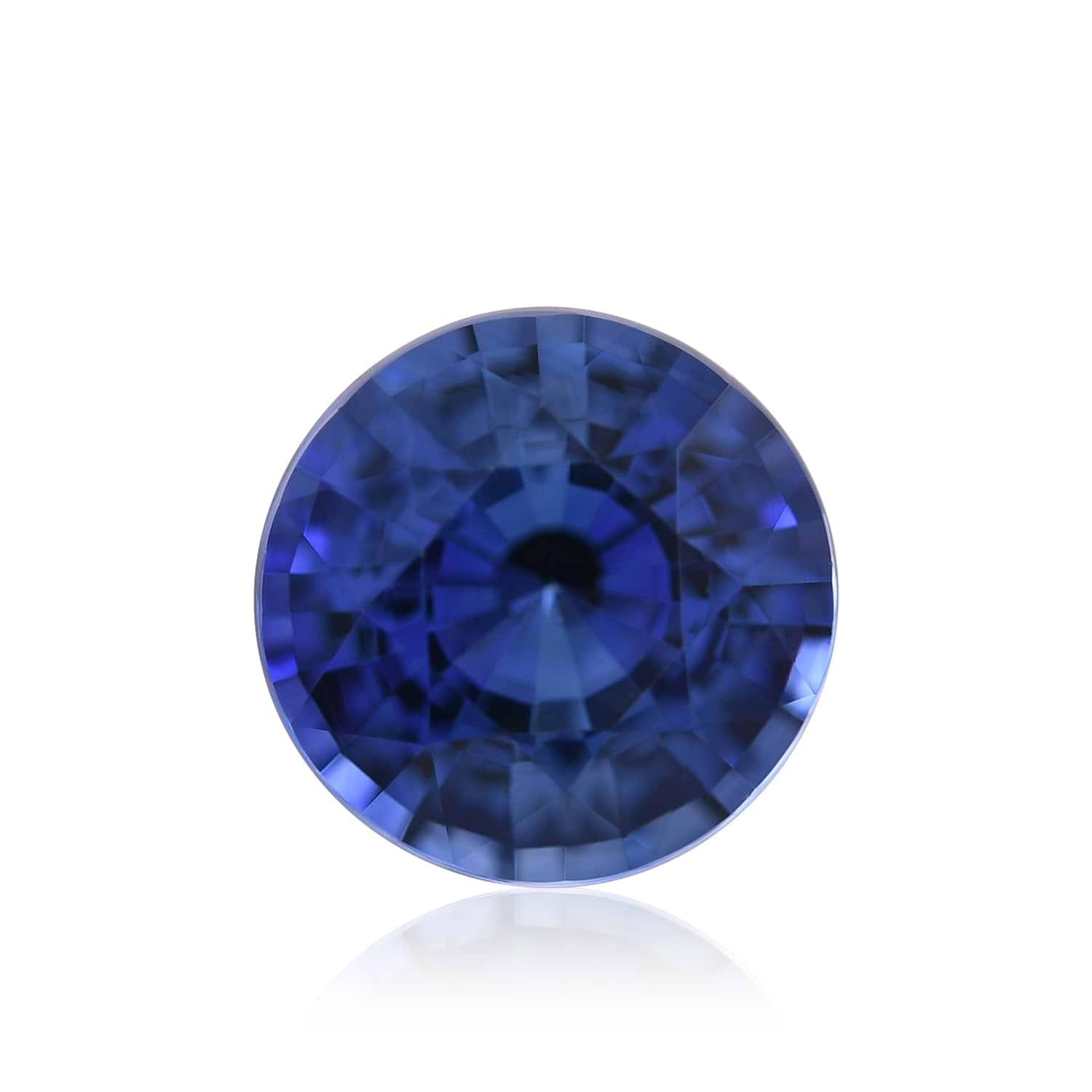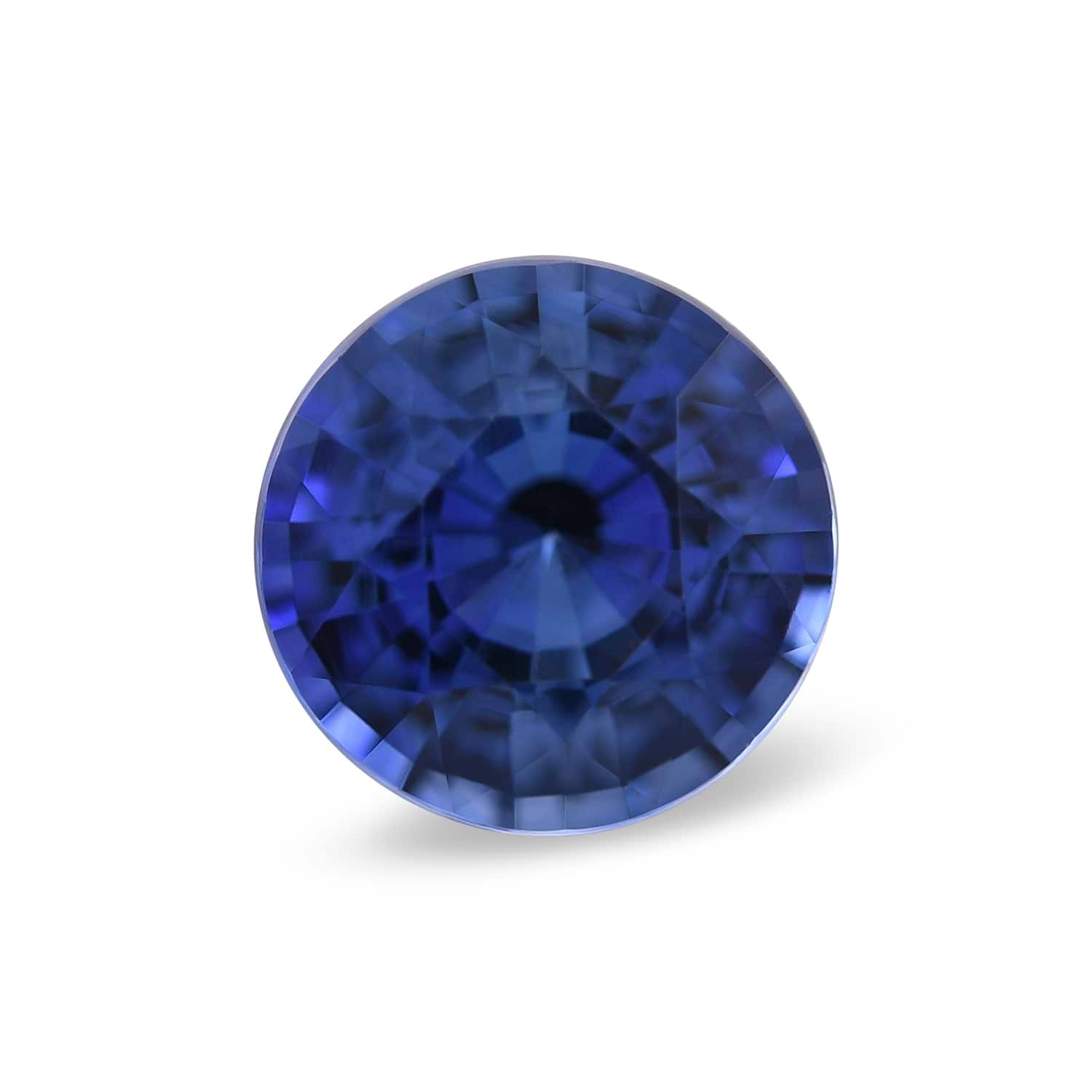Liste der Edelsteine: Geschichte, Namen und Farbe
Edelsteinmineralien mit funkelnden Farben erfreuen sich weltweit immer größerer Beliebtheit. Vom bescheidensten Schmuckneuling bis hin zu erfahrenen Königsfamilien auf der ganzen Welt sind Edelsteine wertvolle Sammlerstücke. Aber was sind kostbare Edelsteine ? Gibt es eine Edelsteinhierarchie? Diese begehrten Steine haben zwar mehrere Bezeichnungen, wie z. B. ein edler Edelstein, ein kostbarer Stein oder ein Juwel, aber sie alle beziehen sich auf einen natürlichen Mineralkristall, der schön, haltbar und begehrenswert ist.
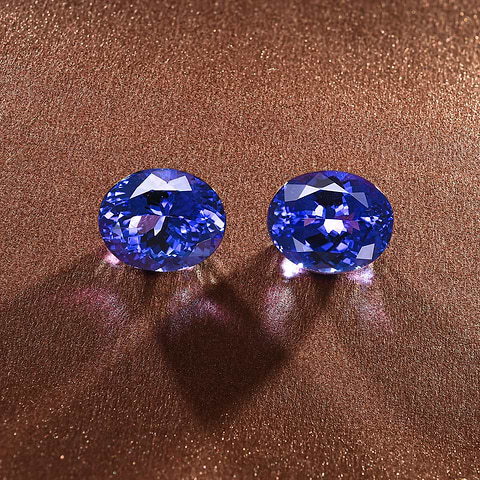
Ein kurzer Überblick über Edelsteine
Wertvolle Edelsteine müssen geschliffen und poliert werden, um ihre volle Schönheit zu entfalten. Neuerdings bewundern Sammler auch ungeschliffene Edelsteine in der Rohkristallform – so wie sie aus der Erde kommen. Manche Edelsteine erhalten ein Cabochon-Finish – sie werden glatt poliert, sodass sie eine flache Unterseite und eine abgerundete Oberseite haben. Je nach Kristall kann diese Politur einen 4- oder 6-strahligen Sterneffekt ergeben. Die Quelle dieser Strahlen, die auf Cabochon-geschliffenen Steinen erscheinen, sind winzige natürliche Einschlüsse im Stein.
Bei so vielen Arten von Edelsteinen können wir nur an der Oberfläche kratzen, wenn wir versuchen, sie zu verstehen. Aber sehen wir uns die besten Edelsteine an.
Während moderne Schmuckfans von vielen Edelsteinen begeistert sind, können sie möglicherweise keinen Edelstein benennen. Eine Liste von Edelsteinen erscheint in alten Schriften – in den vor Tausenden von Jahren verfassten Schriften. Wir finden sie auch in Büchern der alten Römer, wie zum Beispiel dem Naturforscher Plinius dem Älteren. Er war fasziniert von Edelsteinen und schrieb ausführlich über das Thema.
Von den frühen Potentaten Asiens und des Fernen Ostens bis hin zu den modernen Königsfamilien Europas und Asiens haben Edelsteine bei königlichen Zeremonien eine herausragende Rolle gespielt.
Nachdem wir nun ihre lange Geschichte und kulturelle Bedeutung kennen, wollen wir einige Merkmale von Edelsteinen erkunden, die sie von einfachen Steinen unterscheiden.
Die sechs kostbaren Edelsteine
Diamant
Von allen Edelsteinen, die je gefunden wurden, ist der schillerndste Edelstein der Diamant . Er ist in der Welt der Edelsteine einzigartig, da er farblos ist (mit Ausnahme von Fancy Color-Diamanten) und nur aus einem einzigen Element besteht. Und das ist Kohlenstoff. Kein anderer Edelstein kann sich rühmen, aus nur einem einzigen Element zu bestehen.
Farblose Diamanten wurden erstmals vor Jahrhunderten in Indien entdeckt. Ihre einzigartigen Eigenschaften unterscheiden sie von allen anderen Steinen.
Mit einem Härtegrad von 10 auf der Mohs-Skala sind sie die härtesten bekannten natürlichen Substanzen.Ihre weiteren Merkmale bilden die sogenannten 4Cs. Dabei handelt es sich um eine universelle Sprache, die die Qualitätskomponenten von Diamanten ausdrückt, sodass Fachleute sie mit anderen Diamanten vergleichen und gegenüberstellen können.
Die 4Cs stehen für Reinheit, Farbe, Karatgewicht und Schliff. Einheitliche Methoden zur Bewertung dieser Merkmale helfen Juwelieren und Verbrauchern, ihren relativen Wert zu verstehen.
- Unter Reinheit versteht man das Fehlen oder die Anzahl von Schönheitsfehlern im Kristall.
- Farbe beschreibt das Vorhandensein oder Fehlen einer Körperfarbe in einem Diamanten.
- Das Karatgewicht ist das einheitliche Gewicht eines Diamanten und hat keinen Bezug zur Größe.
- Der Schliff ist etwas komplexer. Dabei wird die Qualität des Schliffs und der Politur des Kristalls untersucht.
Verwendung in Schmuck
Diamanten sind seit Jahrhunderten begehrte Edelsteine. Aufgrund ihrer Schönheit, Seltenheit und Farblosigkeit werden sie am häufigsten als Schmucksteine verwendet.
Da Verbraucher ein besseres Verständnis für Geschäftsethik entwickeln, bestehen sowohl Käufer als auch Verkäufer darauf, dass Diamanten eine nachweisbare Papierspur aufweisen, die bis zur Quelle zurückreicht. Auf diese Weise können alle Parteien sicher sein, dass die Steine ethisch einwandfrei beschafft und mit den nachhaltigsten Methoden gewonnen wurden. Diamantlieferanten bestehen außerdem auf fairen Arbeitsbedingungen für alle entlang der Lieferkette.
Saphir
Saphir ist ein alter Edelstein und einer der beliebtesten seltenen farbigen Edelsteine. Dieser Stein ist der zweithärteste Stein nach dem Diamanten und hat auf der Mohs-Härteskala den Wert 9. Sie können sich also darauf verlassen, dass ein Saphir auch in Jahrzehnten noch genauso funkelt wie an dem Tag, an dem Sie ihn gekauft haben.
Vor Jahrhunderten stritten sich Aristokraten und Könige um große Saphire als Kronjuwelen. Heute ist es fast dasselbe, aber die Fehden finden auf dem Bieterplatz großer Auktionshäuser statt.
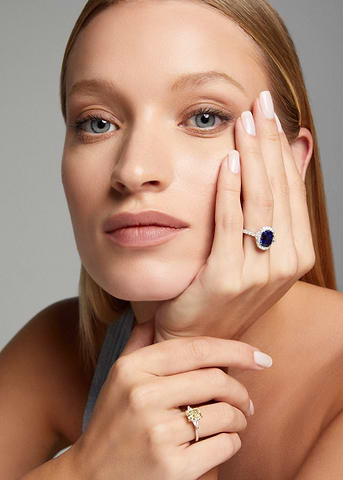
Berühmte Edelsteine
Der Stern von Indien ist ein berühmter Sternsaphir im Cabochonschliff. Dieser beeindruckende Edelstein mit 56,3 Karat hat die Größe eines Golfballs!
Historiker sagen, dass die begehrtesten Saphire der Welt die heute ausgestorbenen Kaschmir-Saphire sind, die in der zweiten Hälfte des 19. Jahrhunderts hoch oben im Himalaya gefunden wurden. Anfang des 20. Jahrhunderts waren sie alle verschwunden. Wenn ein Sammler heute nach einem Kaschmir-Saphir sucht, muss er nach alten Steinen suchen, die versteigert werden.
Solche Sorten
Wenn ein Stein Saphir genannt wird, ist damit die satte, gesättigte blaue Variante gemeint. Es gibt aber auch eine andere Saphirart, die „ Fancy Color Saphir “ genannt wird. Diese können gelb, rosa, grün, schwarz, orange oder violett sein. Fancy Color Saphire sind sehr begehrte Sammlerstücke und atemberaubend.
Doch für manche Sammler kommen nur die satten Farben Kornblumenblau oder Kobaltblau in Frage. Der Erwerb dieses auffallenden Edelsteins kann ein Vermögen kosten.
Saphire sind beliebte Edelsteine für Ringe. Der Verlobungsring von Prinzessin Diana war ein Saphir. Saphire eignen sich auch hervorragend für Halskettenanhänger und sind perfekt für Diademe geeignet.
Rubin
Die Farbe Rot wird mit Kraft und Vitalität (wie Blut!) und natürlich Leidenschaft assoziiert. Aus diesem Grund werden Rubine seit Jahrhunderten verehrt.
Rubine stammen aus dem Mineral Korund, der gleichen Art wie Saphir. Beim Rubin ist sein leuchtender Farbton auf Spuren von Chrom zurückzuführen. Und wie Saphir ist er ein harter Edelstein mit der Härte 9 auf der Mohs-Skala.
Feine Rubine können viel seltener als Diamanten sein und sind oft teurer als Diamanten ähnlicher Qualität und Größe. Die feinsten Rubine kommen aus Burma, dem heutigen Myanmar. Die besten dieser Steine sind die sogenannten „Taubenblutroten“, ein sattes Scharlachrot mit blauen Untertönen.
Aufgrund ihrer Haltbarkeit können Rubine für Ringe, Ohrringe und viele andere beliebte Schmuckarten verwendet werden.
LEIBISH Halo-Ring mit drei Steinen aus burmesischem Marquise-Rubin und herzförmigem Diamant
Smaragd
Es gibt etwas Erfrischendes an dem knackig frischen Smaragd Edelstein. Dieser beliebte grüne Stein hat alte Wurzeln, die auf das frühe Ägypten und andere Zivilisationen zurückgehen.
Den lebendigen Grünton verdanken wir den Elementen Chrom, Vanadium und Eisen.
Smaragdkristalle sind oft in hartem, schwer zu extrahierendem Muttergestein eingebettet. Daher ist eine stoßartige Ausrüstung erforderlich, um die grün funkelnden Teile zu extrahieren. Dabei entstehen Risse in den Kristallen der Smaragde. Daher ist jeder Smaragd, der „sauber“ und frei von solchen Einschlüssen ist, ein seltener, unbezahlbarer Schatz.
Nur weil Smaragde einen schwierigen Start hatten, heißt das nicht, dass sie nicht die königliche Behandlung erhalten können, um sie später für Schmuck zu verschönern. Es ist ein handelsübliches Verfahren, Smaragde mit Ölen und grünen Harzfüllern in Einschlüssen zu behandeln, damit sie optimal aussehen. Dies wird natürlich offengelegt und ist eine traditionelle Praxis, wenn es nötig ist.

LEIBISH Emerald Rosie's Bloom Kollektion
Historischer Hintergrund
In der Antike konnte man andere grüne Steine mit Smaragden verwechseln. Erst in jüngster Zeit ist es mithilfe hochentwickelter gemmologischer Instrumente möglich, ähnlich farbige Edelsteine voneinander zu unterscheiden.
Zu Kleopatras Zeiten liebte sie Smaragde so sehr, dass sie mehrere „Smaragdminen“ besaß. Wie sich herausstellte, produzierten viele dieser alten ägyptischen Minen Peridot.
Heutzutage können wir einen Smaragd von anderen Steinen unterscheiden. Smaragde sind nicht so hart wie Diamanten, eignen sich aber für Ohrringe und Halsketten – und bei vorsichtigem Tragen auch für Ringe und Armbänder.
Tansanit
Manche Edelsteine werden nicht nur wegen ihrer Schönheit und Seltenheit geschätzt, sondern auch, weil sie schwer zugänglich sind. Tansanit ist ein solcher Stein. Blauvioletter, durchscheinender Tansanit in Edelsteinqualität kommt nur in einem kleinen Umkreis um die Region Manyara in Tansania vor.
Der transparente bis durchscheinende Tansanit hat eine Mohshärte von 6-7 und eignet sich daher für alle Schmuckarten. Heutzutage werden größere Karatgrößen immer schwieriger zu bekommen, da sie seit mehreren Jahren abgebaut werden. Tansanit ist eine relativ neue Entdeckung – er wurde Mitte des 20. Jahrhunderts gefunden. Jahrhundert. Ende der 1960er Jahre erlangte es öffentliche Aufmerksamkeit und begeisterte Schmuckfans mit seiner einzigartigen Farbe und seiner exotischen Entdeckungsgeschichte.

Während einige Leute den Tansanit aufgrund seiner begrenzten Vorkommen als Generationenedelstein bezeichnen, glauben andere, dass er noch eine Weile verfügbar sein könnte. Sammler sammeln eifrig Tansanitschmuck in allen Formen, damit sie eine ganze Sammlung tragen können. Ringe sind eine beliebte Schmuckart mit Tansanit, aber der kostbare Edelstein eignet sich ebenso für Ohrstecker, Armbänder und Halsketten.
Aquamarin
Wer sich für das kühle Hellblau des Aquamarins begeistert, schätzt wahrscheinlich auch die Meere. Schließlich bedeutet der Name Aquamarin Meerwasser. Die vielen pastellblauen Schattierungen des Aquamarins ähneln den Gewässern der Karibik und anderer tropischer Gebiete, wo klare, blaue Lagunen zu finden sind.
Dieser Stein ist eine Art Beryll-Mineralien. Eine der einzigartigen Eigenschaften des Aquamarins ist seine Fähigkeit, bei Wärmebehandlung seine Farbe zu ändern. Viele Aquamarine weisen von Natur aus einen ausgeprägten Grünton auf. Da Schmuckliebhaber oft die blassblaue Variante bevorzugen, kann dies durch Wärmebehandlung erreicht werden. Einige Edelsteinkenner sagen, wir sollten die Kristalle so belassen, wie die Natur sie vorgesehen hat, und den Verbrauchern ermöglichen, die vielen Schattierungen dieses wunderschönen Edelsteins zu bewundern.

LEIBISH Aquamarin und Diamant Tropfen Anhänger
Aquamarin ist ein beliebter Edelstein. Dieser blassblaue Edelstein hat etwas universell Anziehendes und ist heutzutage sogar bei Brautschmuck beliebt. Weitere Verwendungsmöglichkeiten sind Armbänder und Ohrringe, neben anderen verfügbaren Schmuckarten.
Edelsteine vs. Halbedelsteine
Wir alle haben schon einmal den Ausdruck „Halbedelsteine“ gehört, wenn es um Edelsteine geht. Aber was ist der Unterschied? Heute entdecken wir, dass viele sogenannte Halbedelsteine einen enormen Wert haben – insbesondere, wenn bestimmte seltene Varianten auf den Markt kommen. Granat, Turmalin, Kunzit, Amethyst, Spinell, Topas und Zirkon sind beliebte Halbedelsteine.
Seltenheit und Wert entdecken
Paraiba-Turmalin ist beispielsweise eine seltene Windex-blaue Turmalin-Variante. Diese Art ist normalerweise reichlich vorhanden. Aber bei dieser unerwarteten Farbe schießen die Preise in die Höhe!

LEIBISH 4,31 Karat, Grün, Turmalin, Ovale Form
Dasselbe gilt für Padparadscha-Saphire. Saphire in ausgefallenen Farben werden zu erschwinglichen Preisen verkauft – aber als die pfirsichrosa Padparadscha-Variante erschien, waren die Preise phänomenal.
Die schillernde Geschichte
Historisch betrachtet waren die Edelsteine schon immer diese vier: Diamant, Rubin, Saphir und Smaragd.
Traditionell betrachtet sind die übrigen Edelsteine Halbedelsteine. Aber wie wir sehen, sollten neue Varianten mit seltenen Farben, wenn sie auftauchen, auch als Edelsteine bezeichnet werden!
Die Seltenheit farbiger Edelsteine hängt eng mit ihrer Beliebtheit zusammen und wird durch ihre Schönheit und Verfügbarkeit bestimmt. Daher steigen und fallen die Werte, je nachdem, wie groß das Angebot ist und wie sich der Geschmack ändert.
Pflege wertvoller Edelsteine
Allgemeine Pflegetipps
Diamanten, Saphire und Rubine sind die haltbarsten Edelsteine, daher ist ihre Pflege ziemlich unkompliziert. Sie können zu Hause mit allem Möglichen gereinigt werden, von warmem Seifenwasser und einer weichen Zahnbürste bis hin zu einer gründlichen Reinigung durch den Juwelier in einem professionellen Ultraschallgerät. Diese 3 Edelsteine sind so hart, dass sie ihren Besitzern ein Leben lang Freude bereiten können.
Es gibt eine Ausnahme bei der Rubinreinigungsmethode, wenn der Rubin ein mit Rissen gefüllter Stein ist. Diese wurden in den letzten 15 Jahren in großen Mengen bei großen Einzelhändlern verkauft. In diese Steine wurde eine Lösung injiziert, um natürliche Risse im Rubin zu füllen. Diese Füllung kann in Ultraschallreinigern oder mit einem Juwelierbrenner zerstört werden. Das vorsichtige Reinigen mit warmem Seifenwasser und einer Babyzahnbürste ist die einzige empfohlene Methode zum Reinigen von mit Rissen gefüllten Rubinen.
Pflege von zerbrechlichen Steinen
Zerbrechliche Edelsteine wie Smaragde sind ebenfalls wertvolle Edelsteine. Sie sind weichere Steine und werden häufig geölt oder mit Harz gefüllt, um sie schöner zu machen. Obwohl dies für den Handel völlig angemessen ist, ist besondere Pflege erforderlich, damit sie ihr bestes Aussehen behalten.
Winzige Partikel können sicher mit einem Mikrofasertuch entfernt werden. Wenn Sie den Smaragdschmuck in eine Schüssel mit warmem Wasser und einer milden Seife legen, können Sie die Partikel lösen. Suchen Sie mit einer weichen Zahnbürste nach verbleibenden Schmutzpartikeln und bürsten Sie diese vorsichtig ab. Spülen Sie die Lösung mit warmem Wasser ab und lassen Sie sie auf einem sauberen Tuch an der Luft trocknen.
Reinigen und Aufbewahren
Um sicherzustellen, dass Ihr Schmuck frei von Kratzern ist, bewahren Sie ihn getrennt voneinander in einem Schmucktablett mit Trennwänden auf. Auf diese Weise können Ihre Schmuckstücke nicht unbeabsichtigt aneinander stoßen und zerkratzt werden.
Bei manchen Steinen, wie etwa Kunzit oder Morganit, empfiehlt es sich, sie an einem kühlen, dunklen Ort aufzubewahren, um ihre Farbe zu schützen.
Einarbeitung von Edelsteinen in Schmuck
Heute haben wir Zugang zu Edelsteinen aus allen Teilen der Welt. Egal, welche Farbe und Art Sie sich erträumen, Sie können sie ohne allzu große Schwierigkeiten finden. Da mittlerweile mehr Einzelhändler Edelsteine anbieten, sind die Preise attraktiv.
Trends im Edelsteinschmuckdesign
Viele Bräute entscheiden sich heute für einen persönlicheren Verlobungsring, indem sie farbige Steine als Hauptstein in ihrem Ring oder als Akzent zu ihrem Diamanten verwenden. Achten Sie bei Edelsteinschmuck auch auf künstlerische Schliffe statt auf die klassischen runden Brillant- oder Ovalschliffe. 
Anpassungsoptionen und Personalisierung von Schmuck mit verschiedenen Steinen
Künstlerische Edelsteinschleifer kreieren fantasievolle Freiformformen oder verwenden kreative Facettenmuster, um einzigartigen Edelsteinschmuck zu entwerfen. Dies ist eine weitere Möglichkeit, beim Tragen von Schmuck seine Individualität zu zeigen. Steine, die in größeren Rohkristallen erhältlich sind, wie Quarz, Sonnenstein und Granate in verschiedenen Farben, werden heute von experimentierfreudigen Edelsteinschleifern bevorzugt.
Beliebte Kombinationen und Fassungen für Edelsteine
Innovative Schmuckdesigner gehen beim Designprozess ähnlich vor wie ein Künstler beim Malen. Mit anderen Worten: Suchen Sie nach originellen Designs, bei denen der Designer ungewöhnliche Farbkombinationen für einen spektakulären Effekt kombiniert. Eine Mischung ist die analoge Farbkombination – unter Verwendung von Farben von Edelsteinen, die im Farbkreis nebeneinander liegen. Ein weiterer Trend ist die Kombination von undurchsichtigen und transparenten Edelsteinen auf demselben Stück. Ein schimmernder Opal könnte mit einem dramatischen schwarzen Spinell oder einem schwarzen Diamanten kombiniert werden. Der Effekt ist unvergesslich. 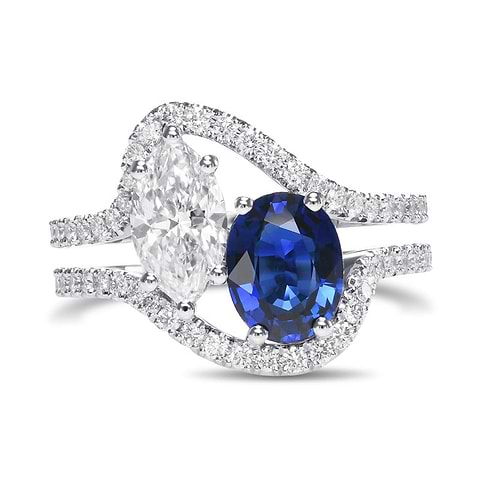 LEIBISH Ovaler Saphir- und Marquise-Diamantring mit zwei Steinen
LEIBISH Ovaler Saphir- und Marquise-Diamantring mit zwei Steinen
Abschluss
Fassen wir zusammen, was wir gelesen haben. Edelsteine und Halbedelsteine erfreuen sich bei den heutigen Verbrauchern großer Beliebtheit. Sie sind auch schon seit langer Zeit beliebt. Das wissen wir, weil uns frühe Schriften speziell über ihre Bedeutung in frühen Zivilisationen berichten.
Das Gute an der modernen Gewinnung von Edelsteinen und Halbedelsteinen ist, dass in der gesamten Produktion auf bewährte Verfahren geachtet wird. So können die Verbraucher darauf vertrauen, dass die Steine, die sie lieben, ethisch und verantwortungsbewusst gewonnen werden.
Zu einem guten Besitzer gehört es, zu lernen, wie man seinen Edelsteinschmuck entsprechend seiner Art pflegt. So wird sichergestellt, dass der Schmuck auch in den kommenden Jahren noch schön aussieht.
Und wenn Sie tiefer in die Geschichte hinter jeder Art eintauchen, wird Ihre Wertschätzung für die Edelsteine wachsen. Das Sammeln von Edelsteinen ist eine wunderbare Berufung, die den persönlichen Geschmack der Besitzer auf wunderbare Weise zur Schau stellt.Teilen








